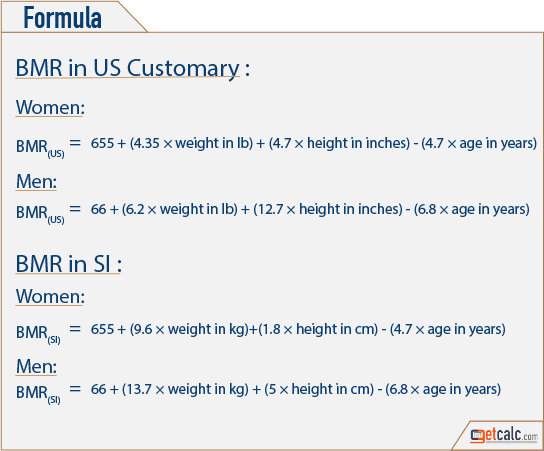
Michael co-owns internet agency Restruct Web, where he develops websites & apps (web & iPhone/Android). Manytools is a project by Michael van Schaik, a webdeveloper from Rotterdam (NL). Manytools is a collection of tools to automate the repetitive jobs involved in webdevelopment (or any other job). (Starting October 2017, Chrome (version 62) will show a “NOT SECURE” warning when users enter text in a form on an HTTP page, and for all HTTP pages in Incognito mode.) Today we finally got around to upgrading the site to run on HTTPS. Happy to inform that Manytools is now fully Chrome-62-ready, thanks Google! A secure connection had been due for a very long time. Our apologies for the inconvenience it has caused. This seemed like a nice way to support this website, but turned out to be far too much of a burden to our visitors. Thank you for your feedback on our (brief) test with browser based bitcoin mining. SeptemExit Coinhive (in-browser bitcoin mining) In case you notice any problems or irregularities I'd be happy if you notify me so I can check on them. You may/should notice some speed improvements. So, ManyTools has now been moved to a shiny new hosting cluster. JPhasing out hosting server after (almost) 10 yearsĪfter having been running steadily on the previous server for almost ten(!) years, it became time to retire that machine. Well, these predictive equations just provide a baseline for. These intermittent errors were a byproduct of the recent server move and have now been fixed. BMR (9.99 x weight in kilograms) + (6.25 x height in centimeters) (4.92 x age in years) 161. The past few weeks you may have seen a server error or two on the steganography tool. AugSteganography tool fixed (server errors) In case there's a reason for these attacks, do let me know. So if you take it down it will simply be unavailable for a lot of legitimate users. I have no resources nor interest to fight back.
BMR CALCULATOR KG UPDATE
The paper behind the latest update (Mifflin et al) to the BMR formula states all participants in their study fall within the 'normal' and 'overweight' body mass index (BMI) categories, and so the results also do not necessarily apply to those in the 'underweight' or 'obese' BMI categories.AugTo the person(s) attacking this site: please stop As muscle and fat require differing amounts of calories to maintain, the TEE estimates will not be accurate for such cases. Later work produced BMR estimators that accounted for lean body mass.Īs the BMR equations do not attempt to take into account body composition, identical results can be calculated for a very muscular person, and an overweight person, who are both the same height, weight, age and gender. published an equation more predictive for modern lifestyles in 1990. The Harris-Benedict equation sprang from a study by James Arthur Harris and Francis Gano Benedict, which was published in 1919 by the Carnegie Institution of Washington in the monograph A Biometric Study Of Basal Metabolism In Man.

The Harris–Benedict equations revised by Mifflin and St Jeor in 1990: MenīMR = (10 × weight in kg) + (6.25 × height in cm) - (5 × age in years) + 5īMR = (10 × weight in kg) + (6.25 × height in cm) - (5 × age in years) - 161 The 95% confidence range for men is ☒13.0 kcal/day, and ☒01.0 kcal/day for women. The Harris–Benedict equations revised by Roza and Shizgal in 1984.

The original Harris–Benedict equations were published in 19.

The Harris-Benedict equation may be used to assist weight loss - by reducing the kilocalorie intake number below the estimated maintenance intake of the equation. The estimated BMR value may be multiplied by a number that corresponds to the individual's activity level the resulting number is the approximate daily kilocalorie intake to maintain current body weight. The Harris–Benedict equation (also called the Harris-Benedict principle) is a method used to estimate an individual's basal metabolic rate (BMR). Method used to estimate an individual's basal metabolic rate


 0 kommentar(er)
0 kommentar(er)
